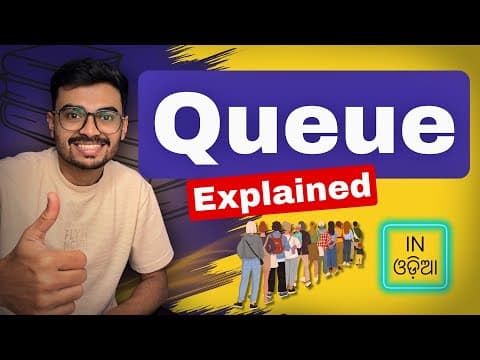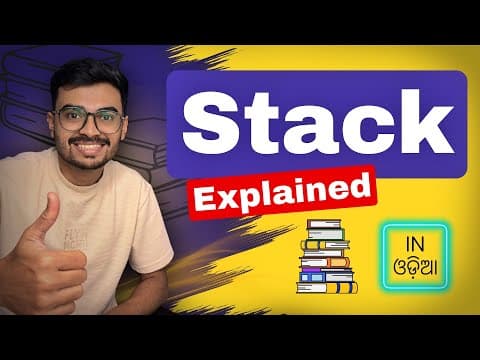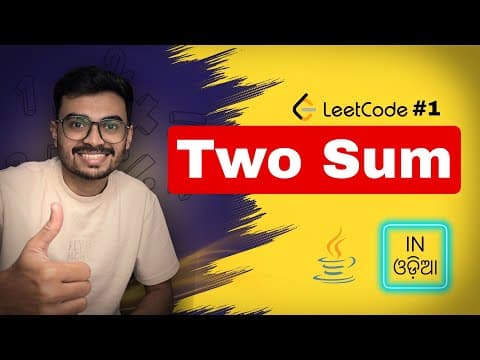
Nov 4, 2025
Queue Data Structure Explained Simply in Odia | Java DSA for Beginners
In this video, you’ll learn the Queue Data Structure in the simplest way, explained completely in Odia. We’ll understand what a Queue is, how FIFO (First In First Out) works, and how queues are used in real life — from printer queues to customer service systems. You’ll also see how to implement a Queue in Java and learn enqueue, dequeue, and peek operations with time complexity explained. What You’ll Learn: • What is a Queue and how FIFO works • Real-life examples for easy understanding • Enqueue, Dequeue, and Peek operations in Java • Time and space complexity • Common mistakes and interview tips Why Watch This: Queue is one of the most fundamental data structures in DSA. By the end of this video, you’ll clearly understand how queues store and process data step-by-step. If this video helps you: • Like 👍 and Share • Subscribe to “Rabi Talks Code” for more DSA and Java explained in Odia • Comment which topic you want next #Queue #JavaDSA #OdiaProgramming #RabiTalksCode #CodingInterview




